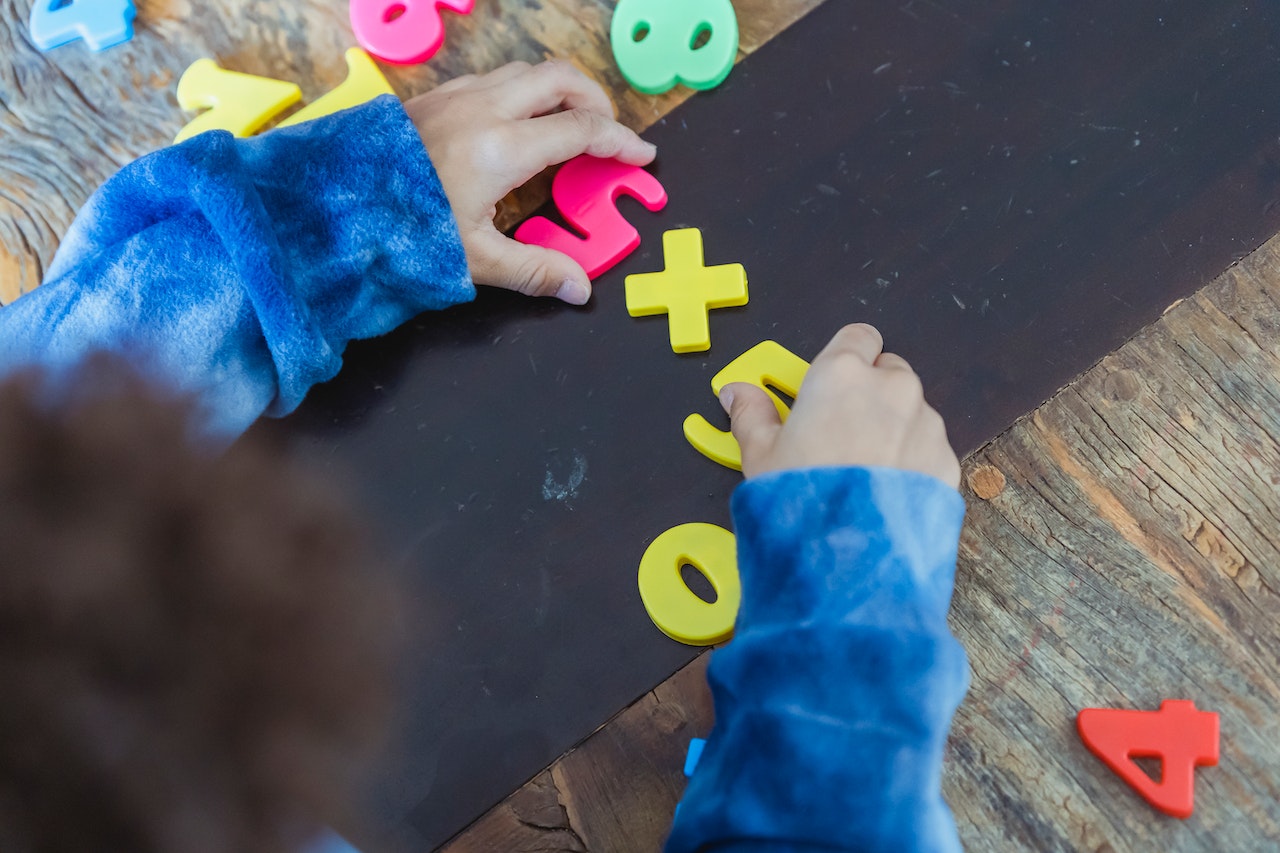
Disclosure – this is a collaborative post.
Not all students are interested in learning mathematics. Many not only do not like this science, but are even afraid of all these complex numbers and tasks. Teachers are looking for new techniques to make math fun for their students, but not all of their attempts are working. Many educational institutions have already introduced an adapted study of mathematics, putting the traditional program on the top shelf. But teachers must use their own special techniques to keep students interested. Parents who have transferred their children to home schooling should also do this.
7 ways to teach math interestingly
For math to be exciting, teachers or parents need to approach children to show that this science can be exciting. The magic of numbers is best shown through proven methods shared by experienced educators. For example, the Singapore Math Method (https://esingaporemath.com/) offers amazing games, you can play for free, clicking here. You do not need to download or install anything, cool math games can be played at home on a PC or in the garden or park via smartphone or tablet. The Singapore method has surprised many teachers from all over the world and some educational institutions have already introduced it into the curriculum.
There are 7 ways to make mathematics interesting and enjoyable for students of all ages and levels of knowledge:
- Games with a mathematical direction. We have already talked about virtual games but not all classes in schools have computers. Apply simple games that will make math fun. You can come up with some simple games to make learning math fun at school or at home. If it’s a student group competition, don’t forget to award the winners.
- Visualize tasks. These can be diagrams, puzzles, picture books, and so on. It will be easier for you to convey the essence of the task if you show it visually. Students will be interested because they understand the problem and will try to find a solution by looking at it visually.
- Apply puzzles or quests. This is not just a game that helps to learn mathematics. This is a task that makes students interested in winning. You can hide things and ask to find and count them. Try to draw a pizza on a round sheet of paper and make a puzzle for working with proportions. At home, you can please your child with a real pizza and at the same time study fractions in pieces.
- Attentive attitude towards students. If you are working with a group of children, pay close attention to each of them. Some are stronger, some are weaker. Studying the character of each child you will see their skills and abilities. Then you can put the children in pairs so that they solve problems and help each other. Understanding and perception of information in children is different than in adults. Perhaps they will be able to help each other and explain the material in a more understandable language.
- Use everyday things. If you work in a classroom, let the students study in their own environment. All the things that are in the classroom are familiar to them, this causes a feeling of safety and comfort. Parents also make at home, use things that are familiar to the child for teaching. If you visualize tasks then take his toys, pencils, markers and so on.
- Introduce mathematics into other sciences. Pupils study many sciences and they like many, others do not. Try to introduce mathematics into biology, for example, by reading a textbook with animals and studying how many rare species are left on our planet. Incorporate the math into history by asking the student about the dates and duration of certain historical events.
- Students must move. You can ask students to stand up, jump, or point to certain geometric shapes. Children are very active and they like to move especially if it is a math lesson. It’s great when children have the opportunity to learn outdoors. Some American schools have lessons in the yard so that children can learn by playing, jumping and running.
Also do not forget to use technology because today’s children are very advanced and know a lot of gadgets and programs. Find interesting games, tasks and quests that are adapted for learning mathematics of different levels of knowledge. Children love smartphones and tablets, so this approach may be the only one in rare cases.
Conclusion
It is more difficult for teachers to find an approach to students because they can have up to 30 children in a class. It is easier for parents because they know their child best and can find a way to interest him in any action. Teaching mathematics is quite difficult because many do not like this science. But the right approach and patience will surprise you with amazing results.
Disclosure – this is a collaborative post.
